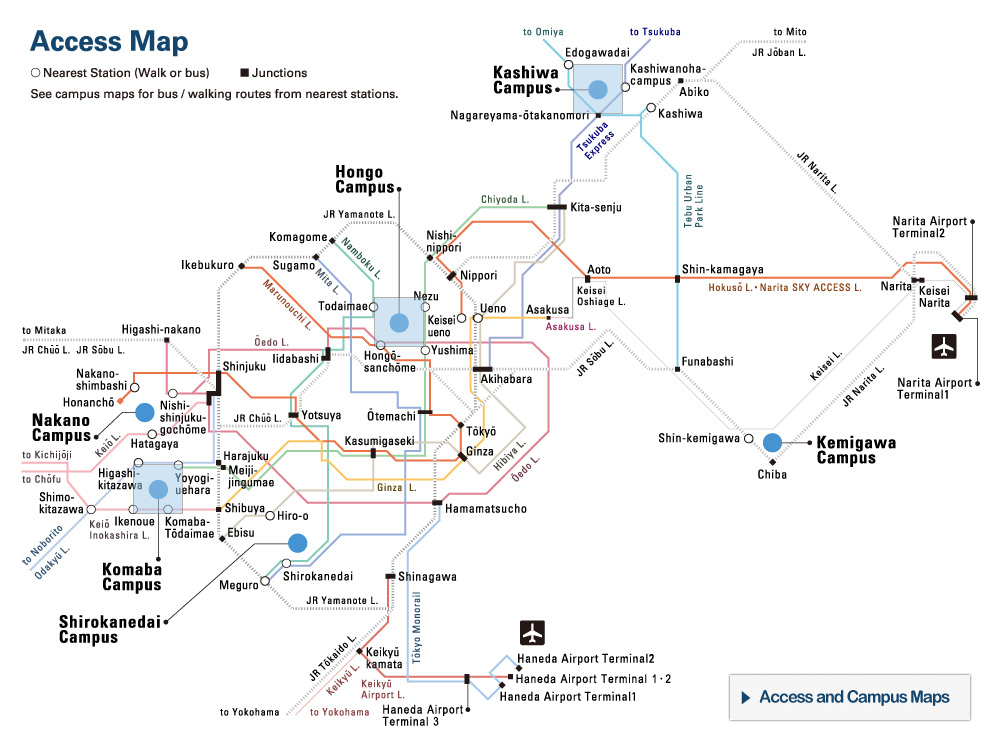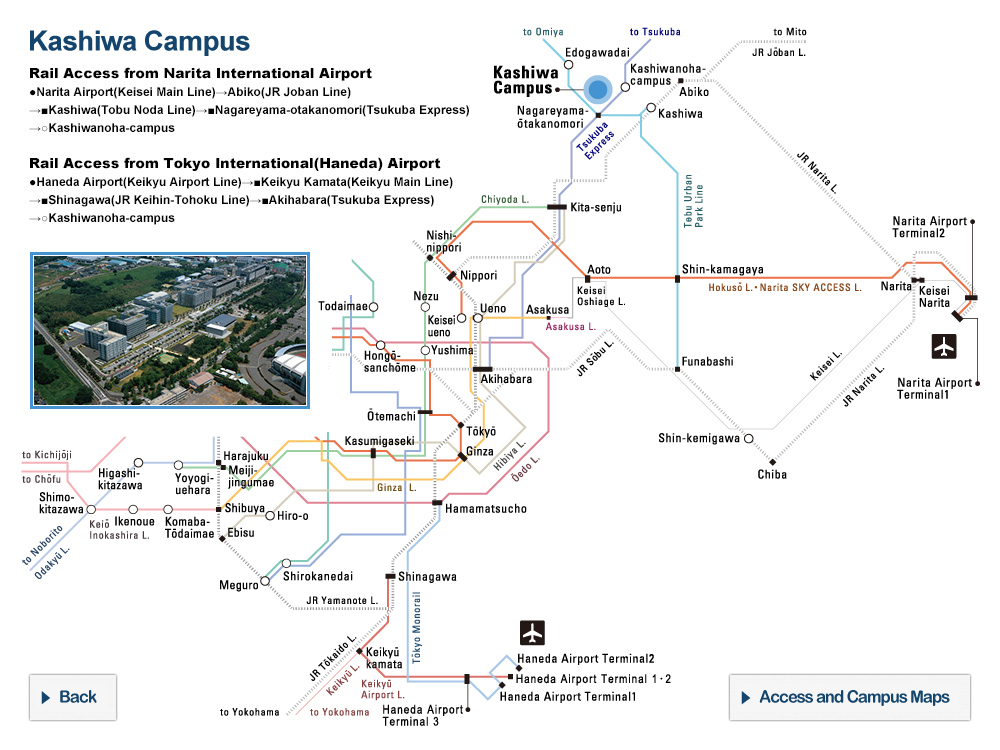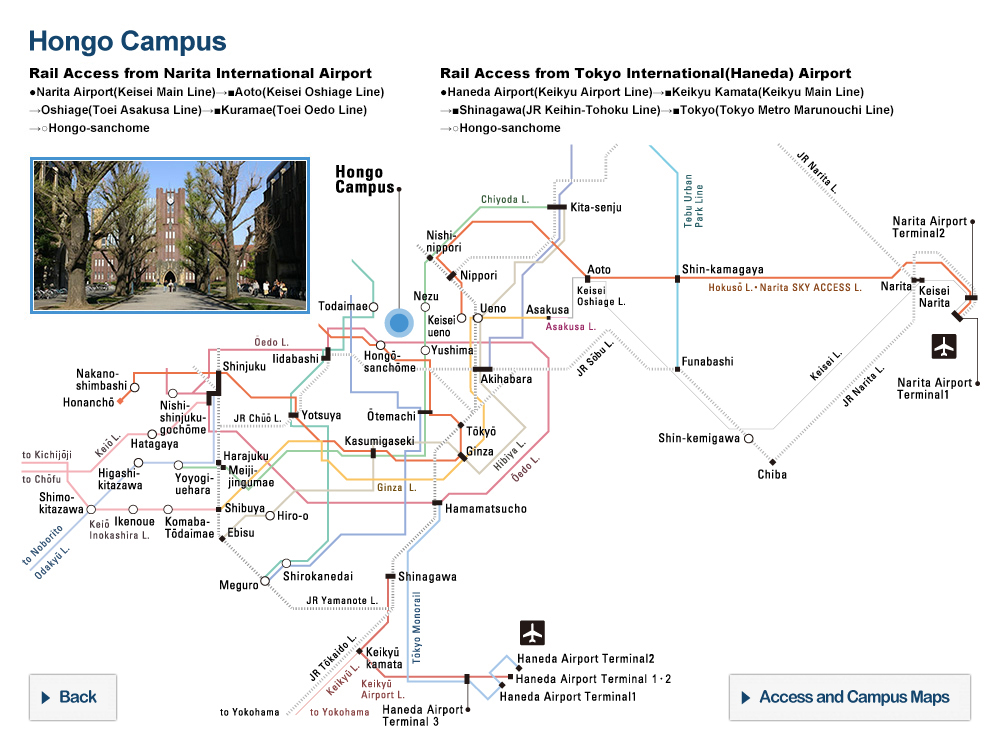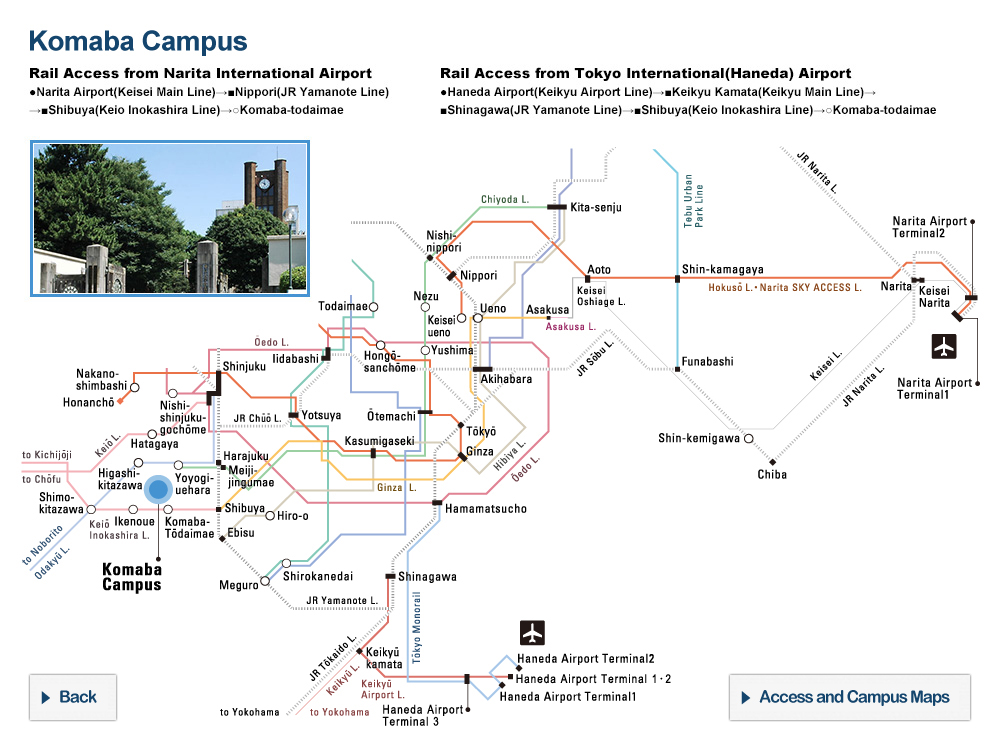Gaze-based minimal virtual reality paradigm for tracking developing sensitivity to dyadic interactions


- 1.4 Cognitive science
- 3.1 Humanities and social sciences
Sho Tsuji
Institute for AI and Beyond
Assistant Professor
Human infants’ ability to learn language is an amazing skill that is unrivaled by existing AI systems.
In order for AI to learn and use language in the same way as humans do, it requires massive amounts of data. On the other hand, human infants learn to speak naturally as they grow up. Understanding the mechanisms behind infants’ amazing language learning ability and applying these to artificial intelligence models would enable us to take current AI approaches to the next level. Such neuro- and cognitive science inspired approaches to artificial intelligence are once again attracting interest around the world, and among those proposals to design computational models based on how infants’ language acquisition process are spotlighted as cutting-edge initiatives in this area. However, the complex mechanisms underlying infants’ amazing learning abilities have yet to be understood adequately, as they are to date very difficult to imitate artificially.
So how do babies actually learn a language with such incredible speed and efficiency? It is a known fact that infants’ social environment, for instance the mother, plays a crucial role in the amazing learning skills of babies. However, we have yet to understand the complex mechanism of how such social environmental factors actually influence learning. Our project team aims to establish a theory of early language development by understanding the mechanism of language learning in babies, in particular the role of social interaction in learning.
Related links
Research collaborators
SoftBank
SDGs
Contact
- Institute for AI and Beyond
- Email: info[at]beyondai.jp
※[at]=@







